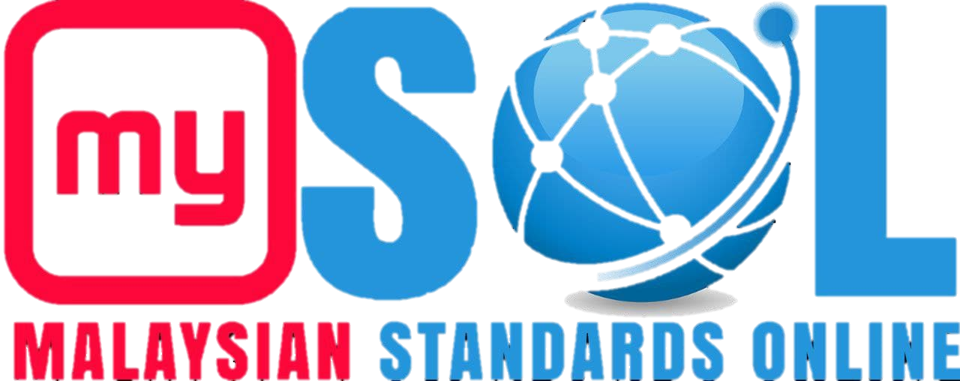PAPER AND BOARD - TESTING OF CORES - PART 9: DETERMINATION OF FLAT CRUSH RESISTANCE (ISO 11093-9:2006, IDT)
MS ISO 11093-9:2007Status : Original
Format : PDF
This Malaysian Standards specifies a method for the determination of the maximum flat crush resistance of wound paper and board cores.
Ergonomics of the thermal environment - Determination and interpretation of cold stress when using required clothing insulation (IREQ) and local cooling effects (ISO 11079:2007, IDT)
MS ISO 11079:2008 (CONFIRMED:2013)Status : 1st Confirmation
Format : PDF
This Malaysian Standard specifies methods and strategies for assessing the thermal stress associated with exposure to cold environments. These methods apply to continuous, intermittent as well as occa ....Read more
Sterile, single-use intravascular catheter introducers (ISO 11070:1998, IDT)
MS ISO 11070:2011Status : Original
Format : PDF
This Malaysian Standard specifies requirements for introducer needles, introducer catheters, sheath introducers, guide wires and dilators supplied in the sterile condition, and intended for single use ....Read more
Ergonomic design of control centres - Part 1: Principles for the design of control centres (ISO 11064-1:2000, IDT)
MS ISO 11064-1:2003 (CONFIRMED:2019)Status : 1st Confirmation
Format : PDF
This Malaysian Standard specifies ergonomic principles, recommendations and requirements to be applied in the design of control centres, as well as in the expansion, refurbishment and technological up ....Read more
Ergonomic design of control centres - Part 3: Control room layout (ISO 11064-3:1999 and its Technical corrigendum 1:2002, IDT)
MS ISO 11064-3:2003 (CONFIRMED:2019)Status : 1st Confirmation
Format : PDF
This Malaysian Standard establishes ergonomic principles for the layout of control rooms. It includes requirements, recommendations and guidelines on control room layouts, workstation arrangements, th ....Read more
Ergonomic design of control centres - Part 2: Principles for the arrangement of control suites (ISO 11064-2:2000, IDT)
MS ISO 11064-2:2003 (CONFIRMED:2019)Status : 1st Confirmation
Format : PDF
This Malaysian Standard covers ergonomic design principles for control centres and, more specifically, the various arrangements of rooms and spaces in a control suite. The principles are based on an a ....Read more
ERGONOMIC DESIGN OF CONTROL CENTRES - PART 6: ENVIRONMENTAL REQUIREMENTS FOR CONTROL CENTRES (ISO 11064-6:2005, IDT)
MS ISO 11064-6:2007 (CONFIRMED:2023)Status : 1st Confirmation
Format : PDF
This Malaysian Standard gives environmental requirements as well as recommendations for the ergonomic design, upgrading or refurbishment of control rooms and other functional areas within the control ....Read more
GEOTEXTILES AND GEOTEXTILE-RELATED PRODUCTS – DETERMINATION OF WATER PERMEABILITY CHARACTERISTICS NORMAL TO THE PLANE, WITHOUT LOAD (ISO 11058:1999, IDT)
MS ISO 11058:2005Status : Original
Format : PDF
This Malaysian Standard specifies two test methods for determining the waterpermeability characteristics of a single layer of geotextile or geotextile-related product normal to the plane: the constant ....Read more
Biological evaluation of medical devices - Part 13: Identification and quantification of degradation products from polymeric medical devices (First revision) (ISO 10993-13:2010, IDT)
MS ISO 10993-13:2011 (CONFIRMED:2015)Status : Withdrawn
Format : PDF
This Malaysian Standard provides general requirements for the design of tests in a simulated environment for identifying and quantifying degradation products from finished polymeric medical devices re ....Read more
NOT FOR SALE
Please contact us if you are interested to purchase for reference.Biological evaluation of medical devices - Part 1: Evaluation and testing within a risk management process (First revision) (ISO 10993-1:2009, COR. 1:2010, IDT)
MS ISO 10993-1:2011 (CONFIRMED:2015)Status : 1st Confirmation
Format : PDF
This Malaysian Standard describes;
a)the general principles governing the biological evaluation of medical devices within a risk management process;
b)the general categorization of devi
....Read more
